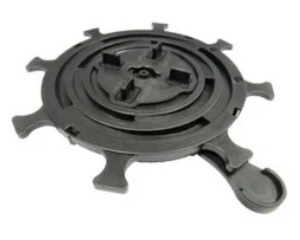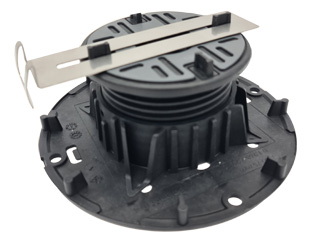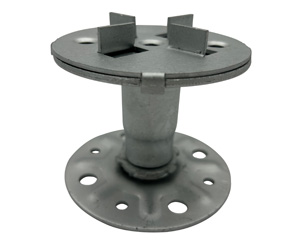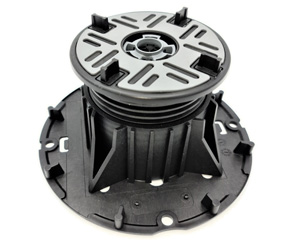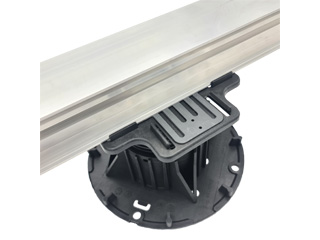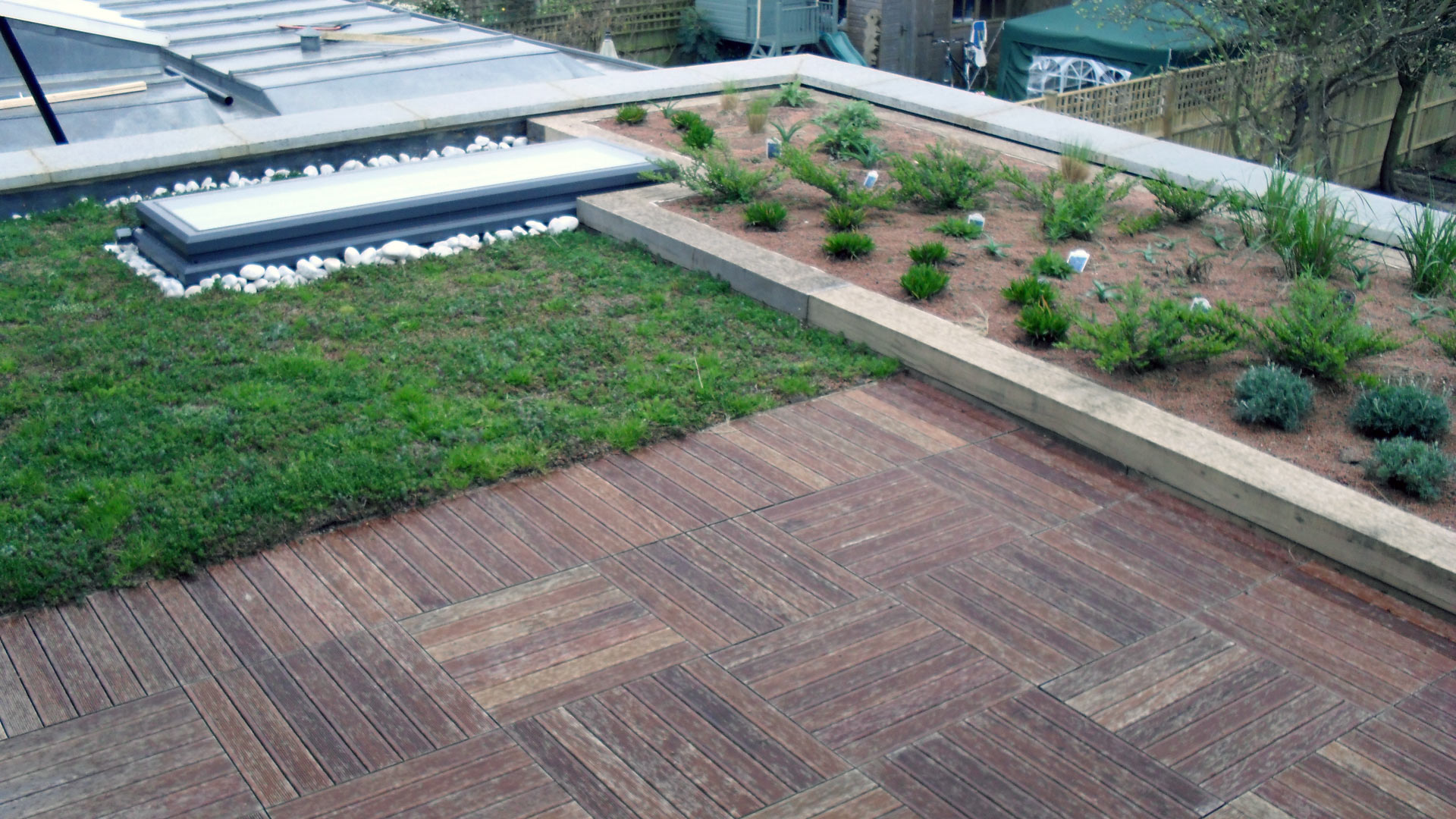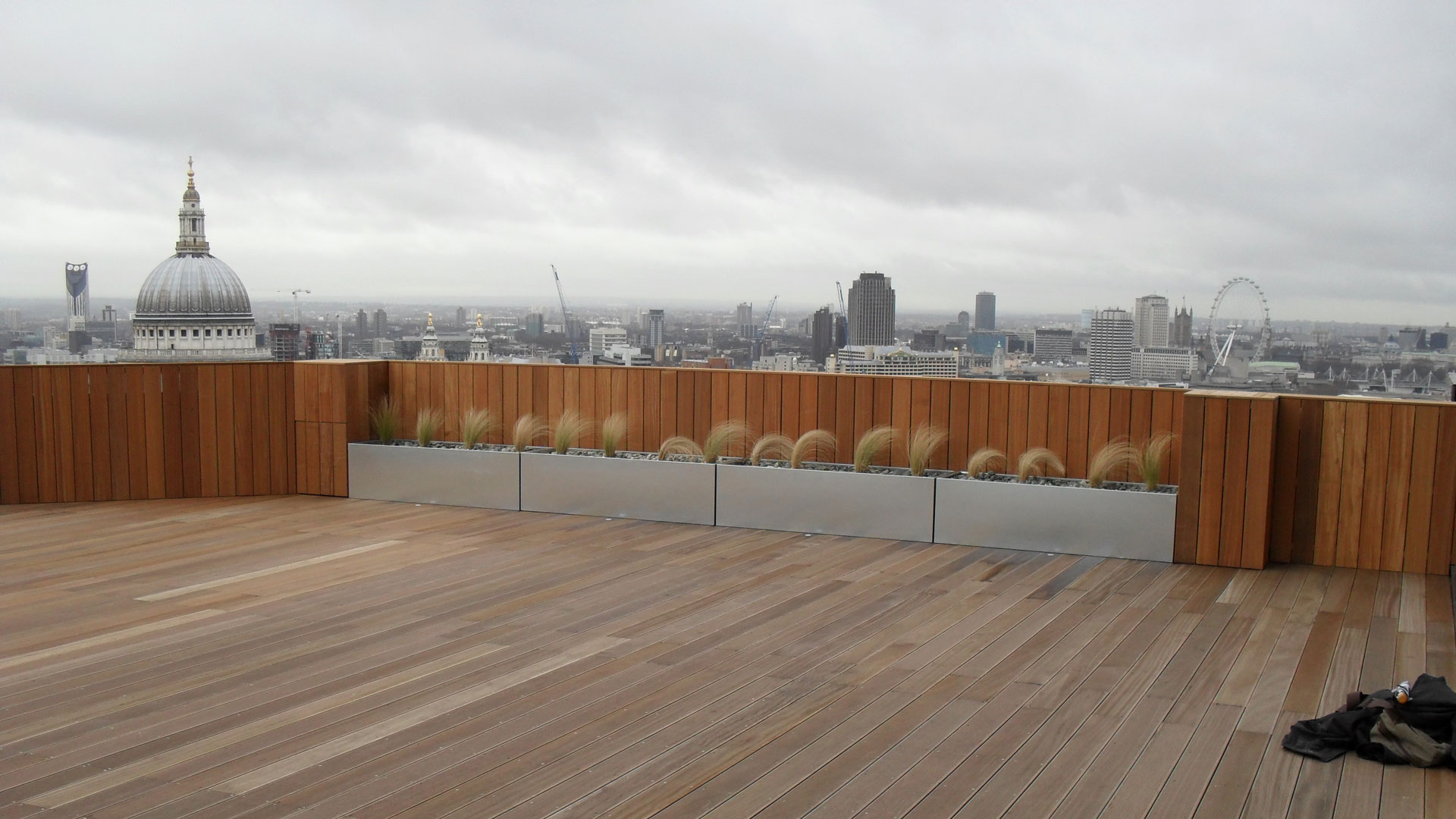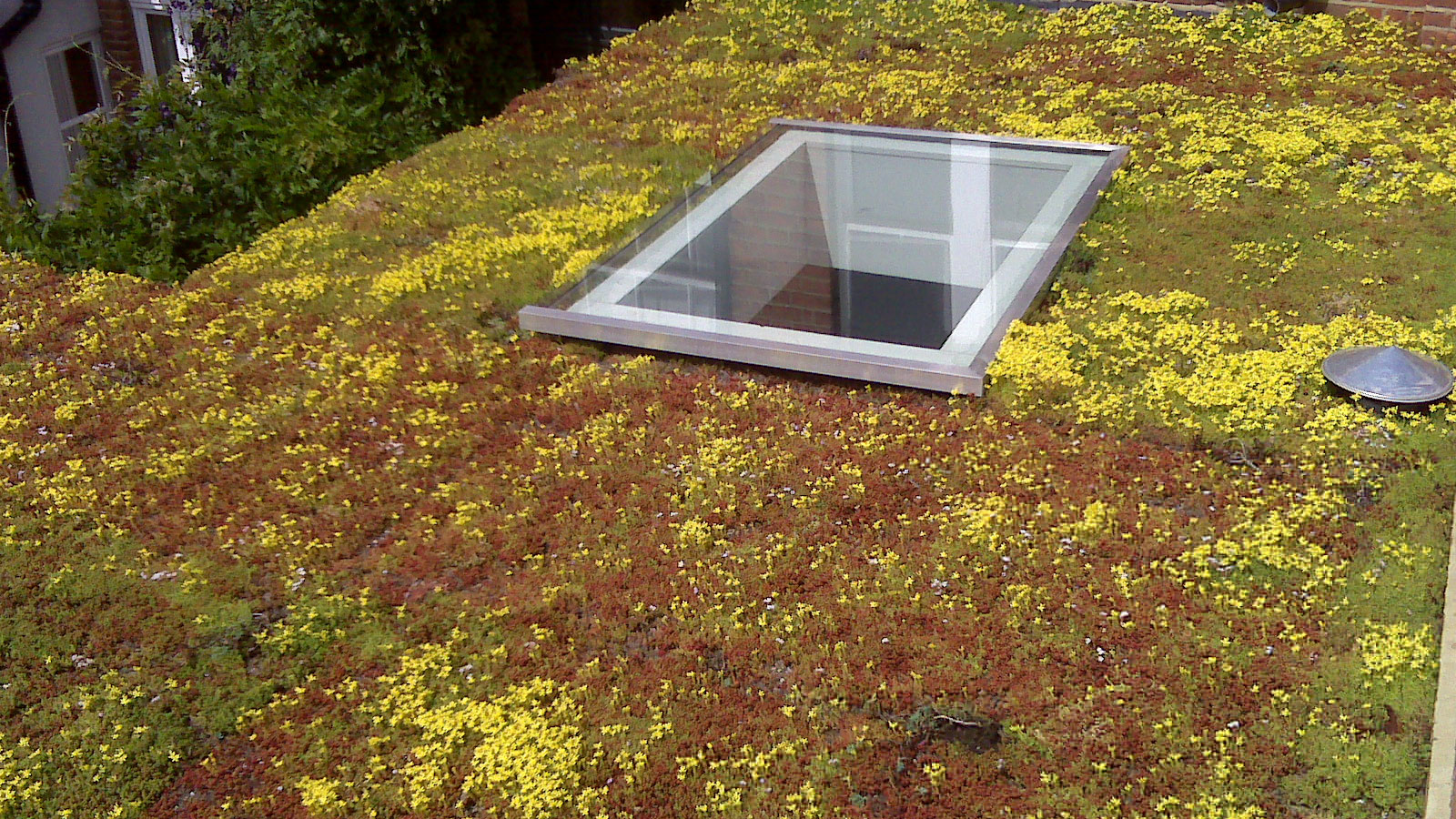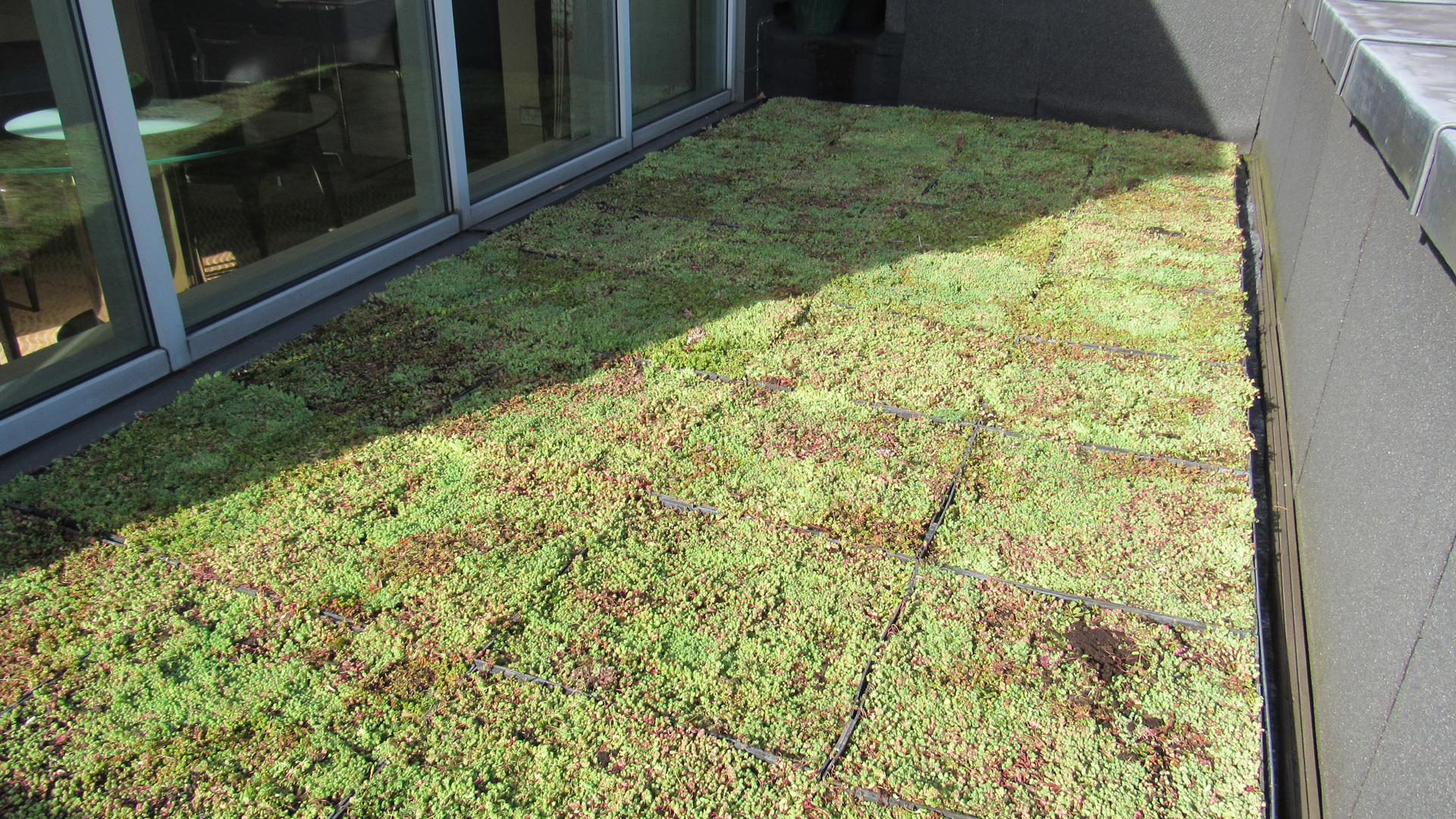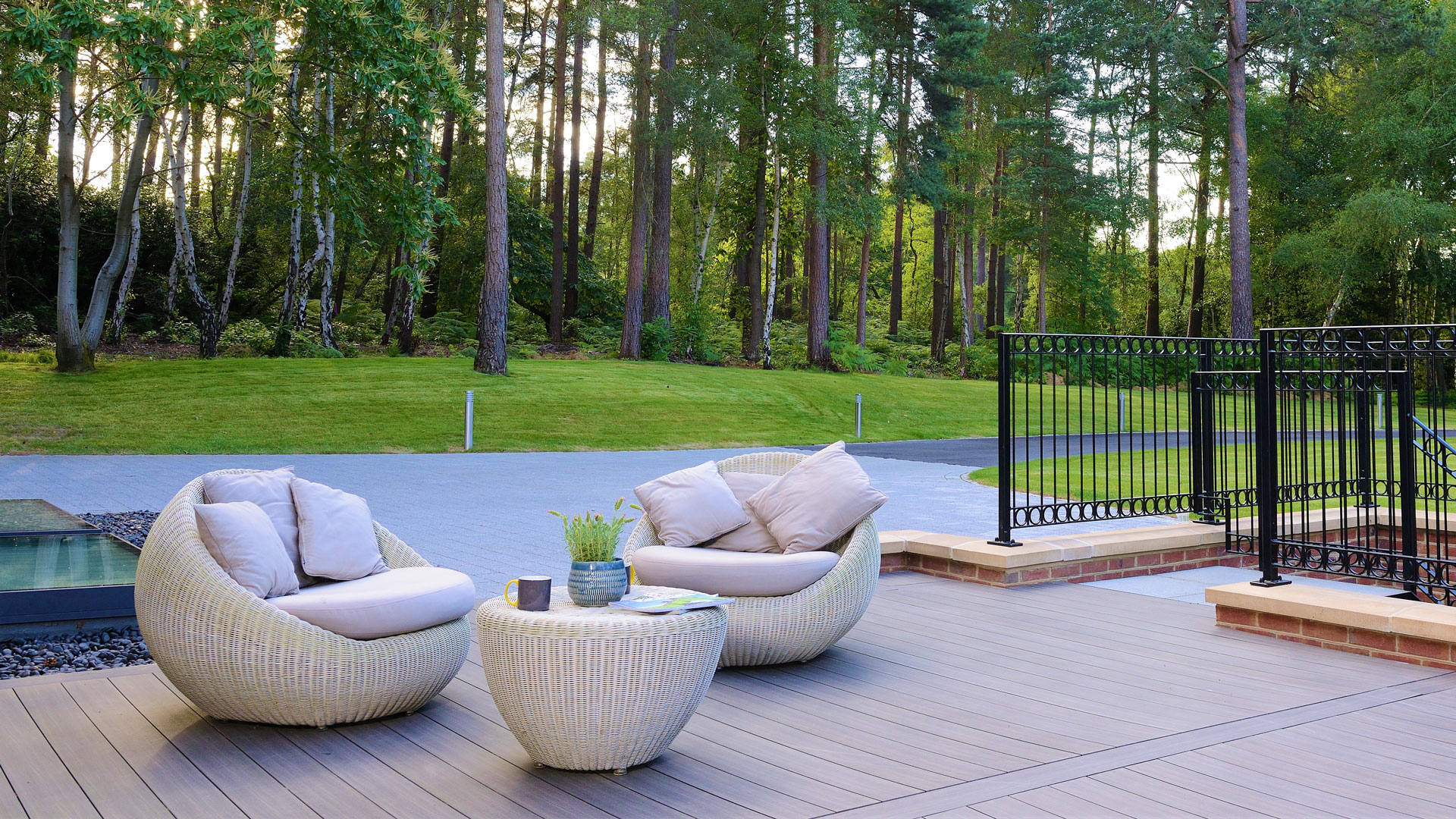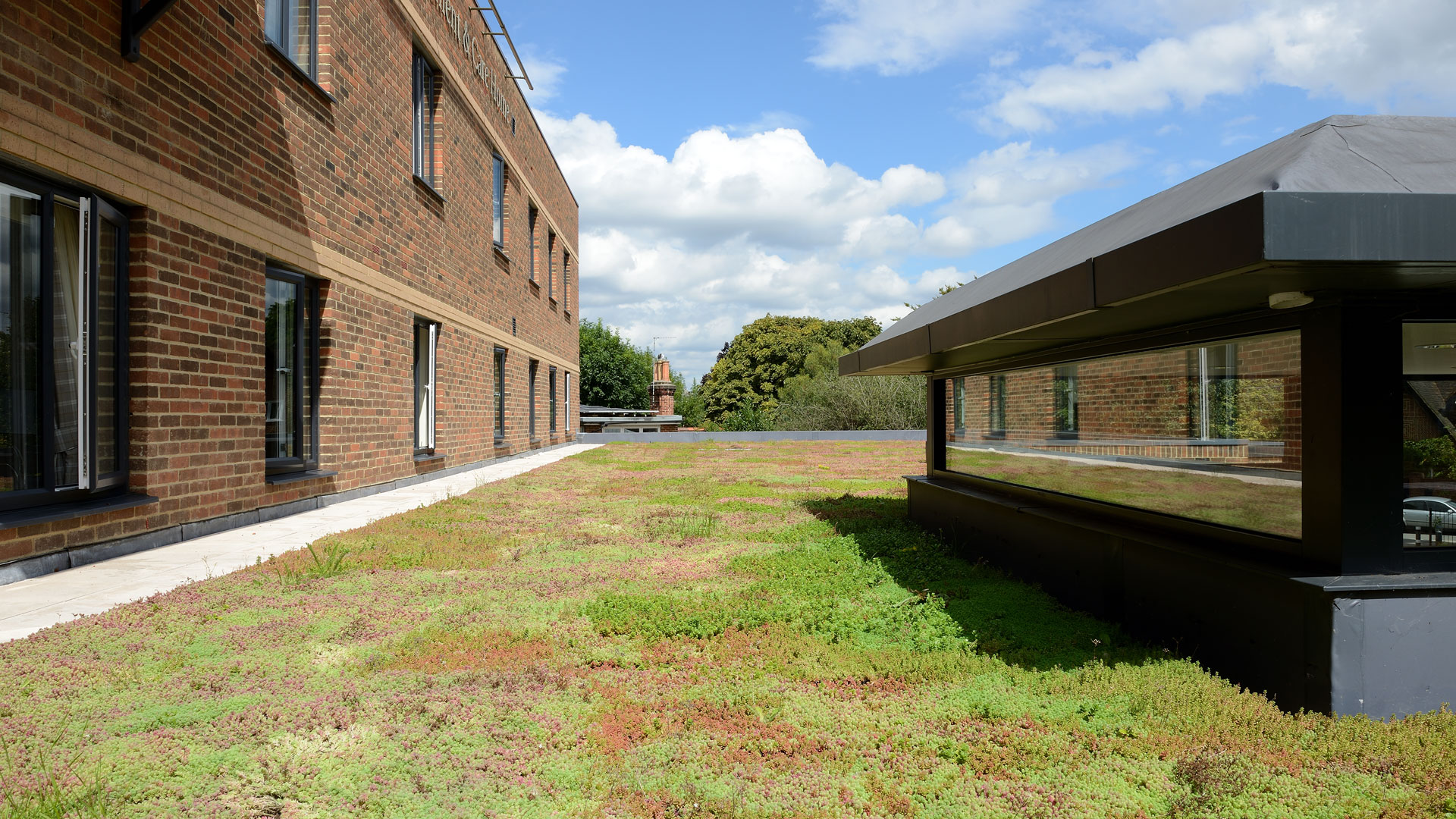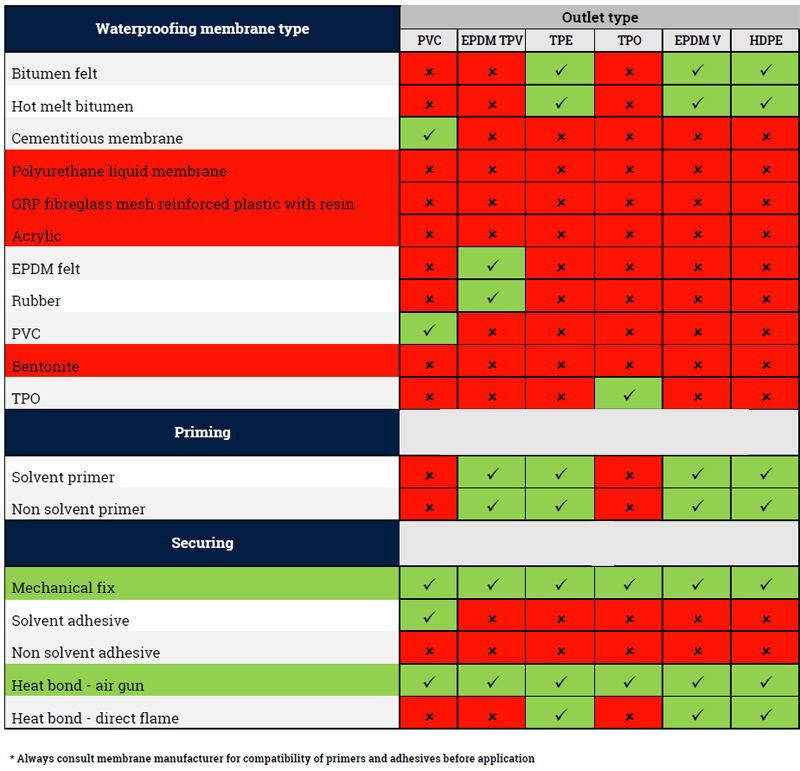There’s been a movement in architecture over the past couple of decades to help tie together large urban developments with plant life and greenery. We’ve seen a few buildings, and hundreds more renders, of tall skyscrapers and large buildings covered in vegetation.
The aesthetic is often a beautiful one, but the idea is done as much for its tangible benefits as for the sheer visual glory. Naturally, there’s the obvious boost from plants converting carbon dioxide into delicious, life-giving oxygen. However, greenery on the roofs of buildings could also help improve the output of solar installations, according to a recent study from Sydney, Australia.
Over an eight month period, the roof loaded with greenery was 3.6% more efficient than the bare roof over the course of the experiment. The difference between the two was as much as 20% at peak generating times. This led to the green roof netting 69 MWh of electricity versus 59.5MWh for the bare roof. The extra 9.5 MWh generated over the period of the experiment is worth a full $2595 at local market rates. The study was led by Dr Peter Irga of the University of Technology Sydney, with a report published for the City of Sydney. The opportunity for the study came about precipitously, thanks to two similar office buildings located side by side in downtown Sydney. Each building had a photovoltaic solar system installed on the roof to generate electricity. On one building, plenty of plants were placed on the roof and around the solar panels, while the other building was left bare.
The key to the difference in performance came down to temperature. Solar panels don’t work as well at higher temperatures, with Irga noting that “Temperatures above 25 degrees make photovoltaic panels less efficient.” This can be problematic in a place like Australia, where sunlight is abundant in the summer months but daily temperatures routinely span from 30 to 45 degrees Celsius. Reportedly, temperatures were on the order of 20°C lower on the green roof compared to the otherwise identical bare-roofed office building.
This is a remarkable figure, and one that speaks to the quality of the green roof design in the experiment. This comes down to careful selection of the right plant species, which are able to survive and thrive on the roof while also providing good cooling performance. Green roofs cool buildings through a process called evaportranspiration, or more accurately, the twin processes of evaporation and transpiration. Water from the soil and other rooftop surfaces is evaporated, reducing heat in the air. Additionally, small holes in the plants of the green roof, called stomata, are essentially the pores with which the plant exchanges gases with its surroundings. The plants lose water through these stomata to the atmosphere, further adding to the cooling process. Ideally, the vast majority of this water comes from rainfall, avoiding irrigation costs that can spoil the efficiency and environmental benefits of the roof as a whole.
For more on this story, please visit – https://hackaday.com/2021/09/20/green-roofs-could-help-improve-solar-panel-efficiency/
